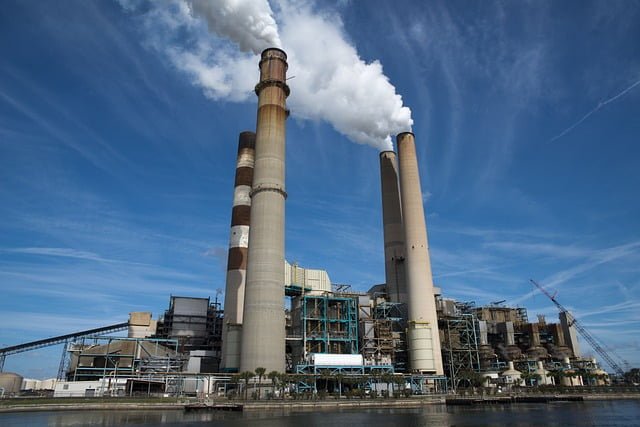Introduction:
In the ever-evolving landscape of energy, gas emerges as a versatile and pivotal player, powering industries, heating homes, and driving innovation. This article embarks on an in-depth exploration of the multifaceted world of gas, shedding light on its diverse applications, environmental considerations, technological innovations, and the transformative role it plays in shaping our energy landscape.
I. The Foundations of Gas:
1. Natural Gas Reserves: Natural gas, primarily composed of methane, is sourced from underground reservoirs formed over millions of years. Its abundance and accessibility make it a cornerstone of the global energy mix, serving as a reliable source of power generation and industrial feedstock.
2. Shale Gas Revolution: The advent of hydraulic fracturing, or “fracking,” has unlocked vast reserves of shale gas, transforming the energy landscape. Shale gas extraction has reshaped global markets, offering newfound energy security and geopolitical implications.
II. Gas in Action:
1. Power Generation: Gas-fired power plants play a critical role in electricity generation, offering a cleaner alternative to coal. Combined cycle gas turbines and cogeneration systems maximize efficiency, reducing emissions and enhancing grid stability.
2. Industrial Applications: Gas serves as a versatile fuel in industrial processes, from steelmaking to chemical production. Its high energy density and clean combustion make it an indispensable component in various manufacturing sectors, driving economic growth and innovation.
III. Environmental Considerations:
1. Emissions Reduction: While natural gas combustion emits fewer greenhouse gases than coal or oil, methane leakage during extraction and transportation poses environmental challenges. Strategies such as methane detection technologies and regulatory measures are crucial for mitigating emissions.
2. Carbon Capture and Storage (CCS): Carbon capture and storage technologies capture CO2 emissions from gas-fired power plants, preventing them from entering the atmosphere. CCS offers a pathway to decarbonize gas-based energy production, enhancing its sustainability and reducing its environmental footprint.
IV. Technological Innovations:
1. Renewable Gas Production: Advances in renewable gas production, such as biomethane and synthetic methane, offer sustainable alternatives to conventional natural gas. Biomethane, derived from organic waste, and synthetic methane, produced via power-to-gas technologies, contribute to a circular and low-carbon economy.
2. Smart Grid Integration: Smart grid technologies optimize gas distribution networks, enhancing efficiency and reliability. Advanced sensors, predictive analytics, and demand response systems enable real-time monitoring and control, ensuring optimal gas utilization and minimizing wastage.
V. Challenges and Opportunities:
1. Price Volatility and Supply Security: Gas markets are susceptible to price fluctuations and supply disruptions, driven by geopolitical tensions and market dynamics. Diversification strategies, investment in infrastructure, and long-term contracts mitigate risks and enhance supply security.
2. Regulatory and Policy Landscape: Regulatory frameworks and government policies shape the future of the gas industry, influencing investment decisions and market dynamics. Collaborative efforts to promote sustainability, innovation, and responsible gas development are essential for navigating regulatory challenges.
VI. The Future of Gas:
1. Role in Energy Transition: Gas plays a pivotal role in the transition to a low-carbon economy, serving as a flexible and reliable complement to renewable energy sources. As renewable penetration increases, gas-fired power plants provide grid stability and backup capacity, facilitating the integration of intermittent renewables.
2. Innovation and Sustainability: Continued innovation in gas technologies, coupled with sustainability measures, will drive the future of the gas industry. Investments in carbon capture, utilization, and storage (CCUS), renewable gas production, and energy efficiency initiatives will position gas as a key enabler of a sustainable energy future.
Conclusion:
As we navigate the complexities of the energy landscape, gas emerges as a linchpin in the transition to a cleaner, more sustainable future. Its versatility, reliability, and relatively low emissions make it an indispensable component of the global energy mix. Embracing technological innovations, addressing environmental challenges, and fostering collaboration will unlock the full potential of gas as we chart a course towards a resilient and decarbonized energy future.

